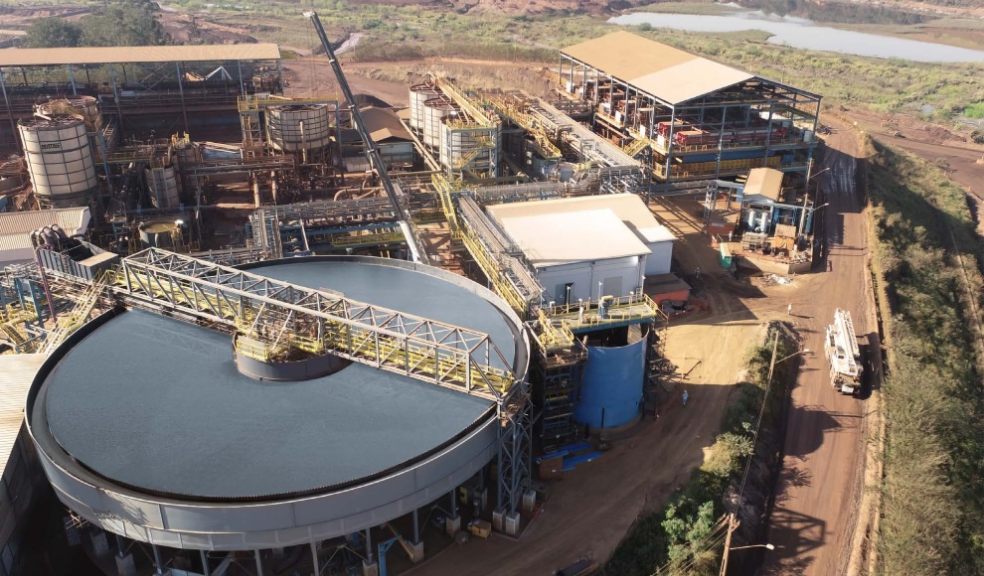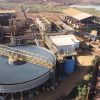
When Should a Soil Washing Technique be Used?
Soil washing generally involves removing contaminated soil from its point of origin and cleaning it. There are several cleaning options but they all aim to remove contaminants from the soil, allowing it to be put back where it came from.
The process is complex as chemicals are often used to aid contamination removal. Obviously, the right chemicals need to be used to prevent further contamination.
Soil washing isn’t a new thing. However, it has become much more popular in recent years as the environmental effects of contamination are exposed. In severe cases the contamination kills wildlife and can disrupt the food chain, potentially causing food shortages.
Of course, large-scale soil washing isn’t something that can be done by hand. Companies need to invest in the best soil washing machines on the market. Using these is both efficient and effective.
Different Techniques
There are two different techniques employed to wash soil:
- Mechanical
Mechanical soil washing consists of the soil being passed through heavy filters and gradually separated. The aim is to collect contaminated residue and be able to dispose of it safely. At the same time, the clean soil can be returned to its original location.
- Chemical
The alternate approach is to use filters to remove the large particles and then blast the soil with a water and chemical mix. The washing solution is carefully calibrated to attract contaminants and hold them in the solution.
The remaining soil particles are contaminant free and can be returned. The solution can be further treated to remove or neutralize the contaminants.
One bonus of this approach is there is no contaminated waste to get rid of. It’s also beneficial for the water table as liquid removed from the soil can be included in the normal water supply.
When Soil Washing Should Be Used
The most obvious time when soil washing should be used is when there is a chemical spill or pollution leaks from a factory. The surrounding soil becomes contaminated and needs to be washed.
But, that’s not the only time soil washing is appropriate.
Mining
The mining process often introduces contaminants into the soil to help break up the surrounding soil and access the product being mined. Of course, this means the soil is contaminated and needs to be washed.
This also applies to other industrial applications, such as quarries.
Farming
For many years farmers have been adding chemicals in the form of pesticides and fertilizers to the soil. These help the crops but can damage the insects and wildlife in the area. It’s even possible for these chemicals to get into human food and make us sick.
Although many farmers are moving to more organic methods, heavy concentrations of contaminants still exist. The soil needs to be washed to eliminate them.
Final Thoughts
Soil washing has a wide array of applications and it’s likely to be used even more in the future as we seek to improve the planet and the environment around us.
Fortunately, with the right equipment, it’s a simple and effective process.

















